Socializing your dog through puppyhood and adolescence is one of the best ways to ensure that they become a friendly and confident adult.
Socializing your puppy
The greatest window of learning in a dog's life starts around 3 weeks of age and closes between 16 and 20 weeks. This period allows puppies to be exposed to a wide variety of sights, sounds, smells, and sensations without becoming fearful. Puppies who miss out on these experiences may never learn to be comfortable around unfamiliar things, paving the way for anxiety, fear, and aggression later on in life. Follow these steps to give your puppy the best start possible:
Handling
Young puppies should be cuddled and handled daily by as many different people as possible. Keep the contact gentle and pleasant for the puppy. Hold the puppy in different positions, gently finger her feet, rub her muzzle, stroke her back and sides, look in her ears.
Sounds
Acclimate your puppy to lots of different sounds, being careful not to overwhelm him with too much noise too fast. Expose him to kitchen sounds, telephones ringing, children playing, sportscasters yelling on TV, radios playing, buses moving by, and so on.
Food bowl exercises
Teach your puppy to enjoy having people approach her bowl while she's eating. This will help to prevent resource guarding, which occurs when dogs feel anxious about others approaching their own valued resources. Walk up to your puppy while she's eating her food, drop an even tastier treat into her dish, and walk away. Repeat once or twice during each meal until your puppy is visibly excited about your approach. Then walk up, physically pick up her dish, put in a treat, give the dish back, and walk away. If your puppy shows any signs of aggression, growling, snapping, etc. when you approach/pick up the bowl, STOP and do not touch the bowl. You need to get professional help right away to help prevent progression of this behavior. Contact us.
Teach your puppy to be alone
Puppies should learn to tolerate being completely separate from other people and animals every day to avoid developing separation anxiety. Learn more about preventing separation anxiety in puppies.
Prevent aggression
There's no need to show the dog who's boss or try to dominate him. Confrontational approaches like pinning your dog down or scruffing him frequently backfire and create the aggression dog owners seek to avoid. Focus on rewarding correct behavior and preventing undesirable behavior to teach your puppy human rules and build a trusting relationship.
Introduce your puppy to new people
Introduce your puppy to several new people every day, keeping the interactions pleasant and unthreatening. Focus especially on setting up pleasant encounters with unfamiliar men and well-behaved children.
Prevent biting
Provide appropriate toys to redirect your puppy's biting. When your puppy bites too hard during play, making a sudden noise ("Ow!") and end the game to help him learn to use his mouth gently. Never squeeze your puppy's mouth shut, yell at him, or hold him down. This will frighten him and likely make biting worse. Note that while puppies under five months tend to explore the world with their mouths, dogs past this age are considered adolescents and should no longer be play biting.
Socializing your adolescent dog
Though a dog's sensitive period of socialization typically ends around 4-5 months old, we recommend continuing to socialize your dog for at least the first year of their life.
Keep introducing your dog to new people
Dogs only remain social when continually exposed to unfamiliar people. Continued pleasant exposure to new people keeps the idea that strangers are good news in the forefront of your dog's mind.
Keep introducing your dog to other dogs
There are lots of ways to do this: dog parks, play groups, play dates with friends' dogs, and simple leash walks can all help accomplish this. Without this experience, dogs can lose their ability to know how to behave appropriately around other dogs. If your dog already shows signs of distress, anxiety, fear, aggression when other dogs are near, do not try to socialize them with dogs. Contact us to discuss your options.
Vary your walks
Try to avoid taking the same walking route every day. Let your dog experience a variety of environments, from sidewalks to dirt roads. This will provide your growing dog with much-needed mental stimulation.
Teach your dog to be alone
Scheduling daily alone time with neither people nor other pets nearby is critical to preventing separation anxiety. Use a baby gate or crates to prevent your dog from shadowing you constantly when you're home. Ask a friend to pet sit for an hour regularly.
Don't punish fear
Most displays of aggression are the result of fear. Many owners are caught off guard when their normally easygoing pup reacts fearfully to a new dog or person. However, this change often coincides with the end of the sensitive period of socialization. Starting around 5 months old, your dog may start to interpret anything unfamiliar as a threat and will typically either flee or confront what frightens him. Punishing this reaction will only confirm his fear, so instead remove your dog from the situation and ask for a different behavior (like "sit").
Continue handling your dog
Make sure your dog is comfortable with different parts of his body being handled. This will ensure that if he must be handled in an emergency he will be less likely to bite. Be on the watch for a stiff body, whites of the eyes showing, a closed mouth, and escape attempts. If you see these signs, stop handling your dog.
Socializing your adult dog
"I need to socialize my three-year-old dog. How do I do that?" We hear this question frequently because owners want to give their dogs the fullest life possible, which many assume includes play with other dogs. In reality, adult dogs can lead perfectly happy lives without visits to the dog park or off-leash play.
Play in puppies vs. adult dogs
Off-leash play is beneficial to puppies learning behavior cues, but the same practice can have detrimental effects on adult dogs. While there are exceptions, when dogs reach social maturity between ages one and three, they often no longer enjoy playing with large groups of unfamiliar dogs. They may either attempt to avoid the dogs, stand close to their human family, or even growl and snap at boisterous young dogs that come too close to them. This behavior is often misidentified as abnormal, when in fact it is quite common.
Setting up playtime for your adult dog
If your heart is set on social time with other dogs, start by introducing your dog to one dog at a time. Invite a friend to bring her gentle, easygoing dog on a walk with you and your dog. Allow a polite distance between dogs while they get accustomed to each other. If both dogs appear relaxed throughout the walk, allow them to sniff each other briefly. Keep leashes loose and each interaction short. If either dog appears to be tensing up, call the dogs apart with pleasant, relaxed voices. If both dogs' bodies appear loose and tails are wagging, consider an off-leash session in one of your fenced yards with leashes dragging, using the same short sessions and reinforcement for relaxed behavior.
Dealing with leash aggression in your adult dog
If your dog lunges, pulls toward or barks at other dogs on walks, you know how stressful and embarrassing it can be. Learn more about the causes and prevention of leash aggression.
Article fromSocializing your dog | Animal Humane Society
I would love to help you with your pet's training needs. Check out our classes!
Thank you,
Judy Seils
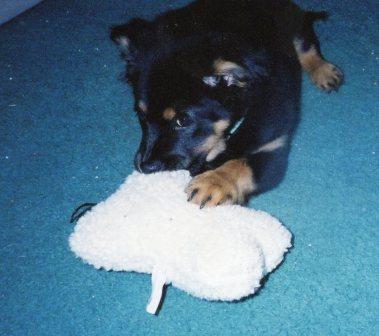
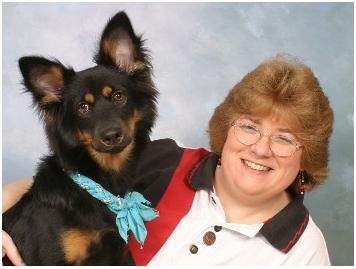


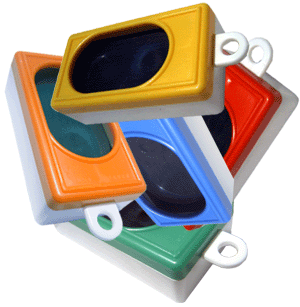
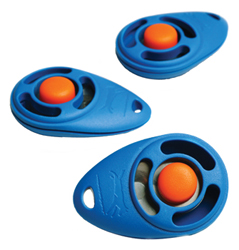



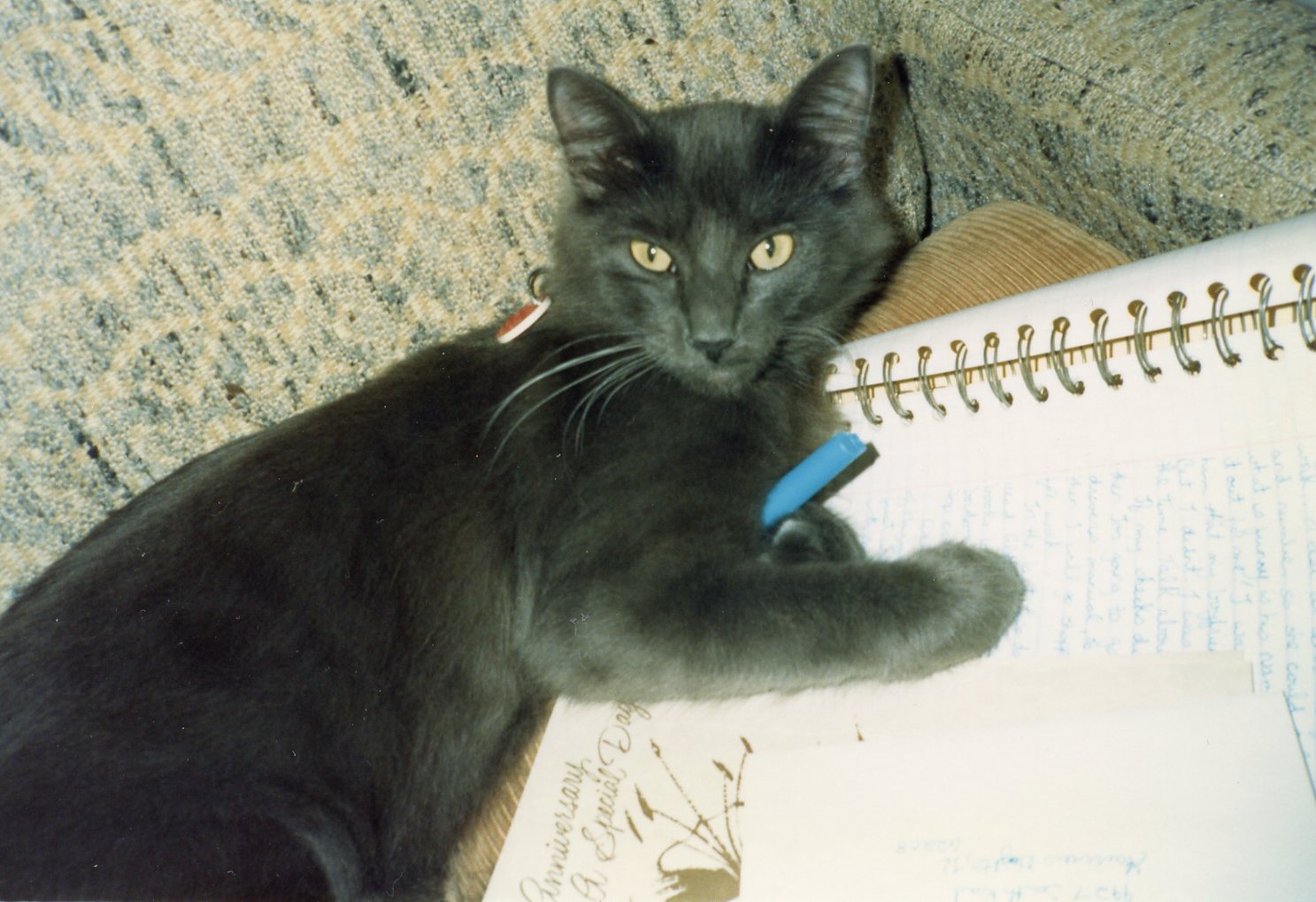
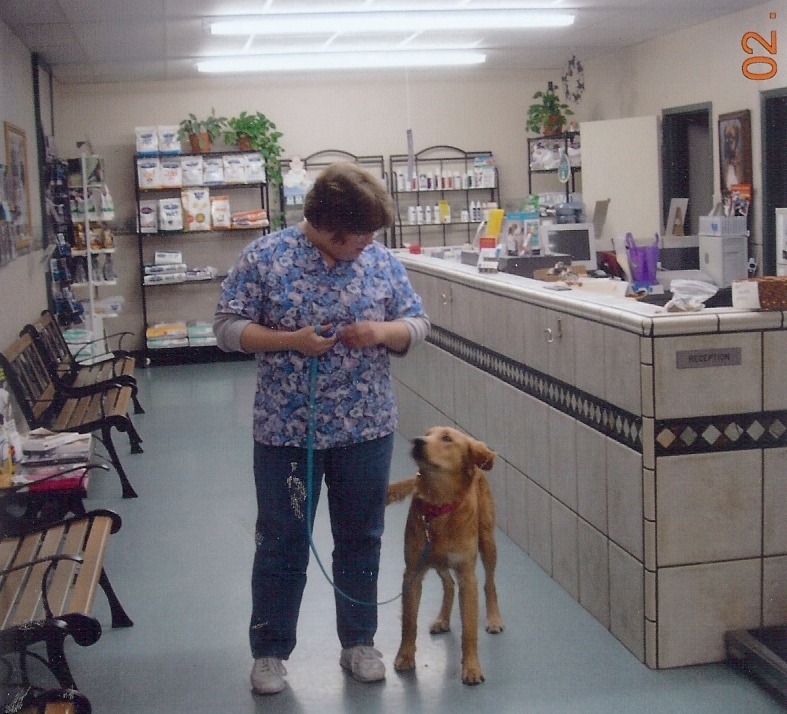
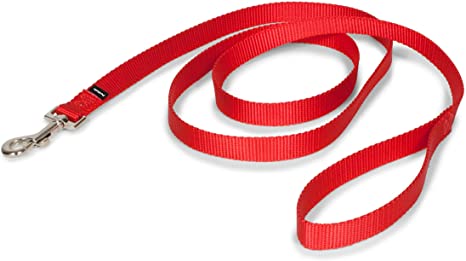
Shouldn't Your Pet Have Pawfect Manners?
You can have a well-behaved pet, let me show you how.
Schedule Your Class!(281) 440-6818
judy.pawfectmanners@gmail.com